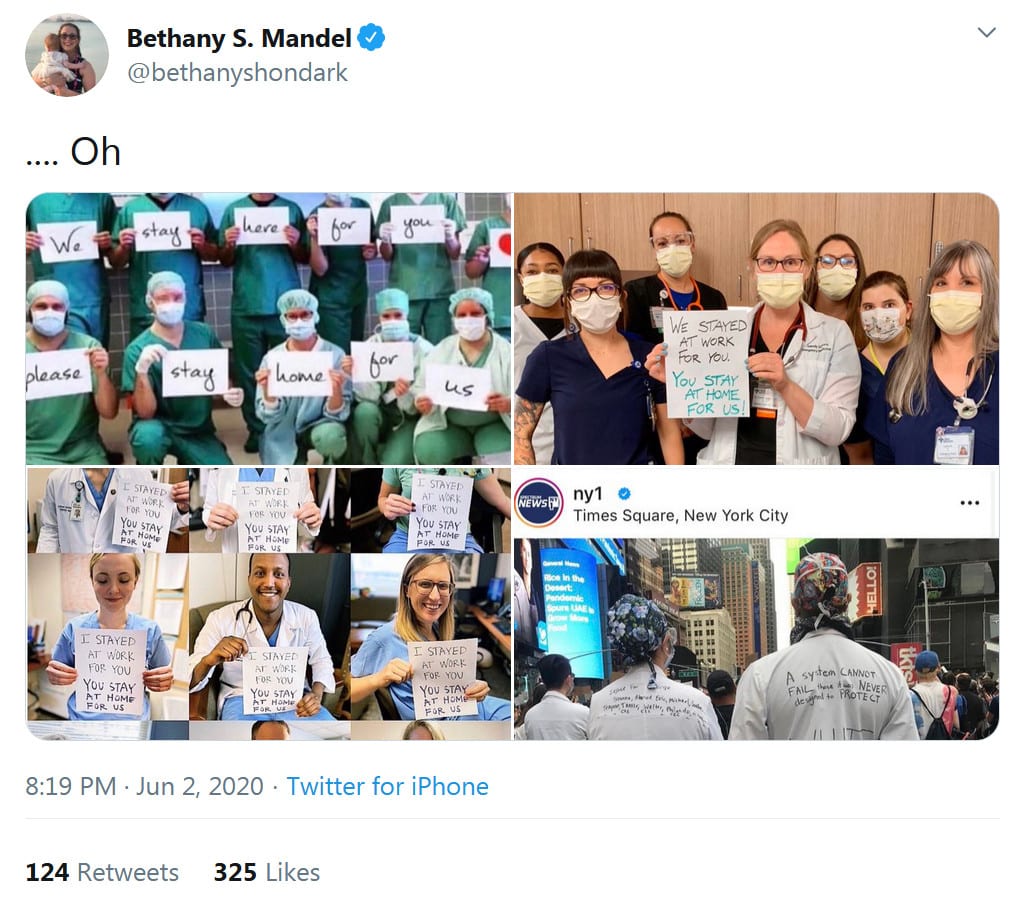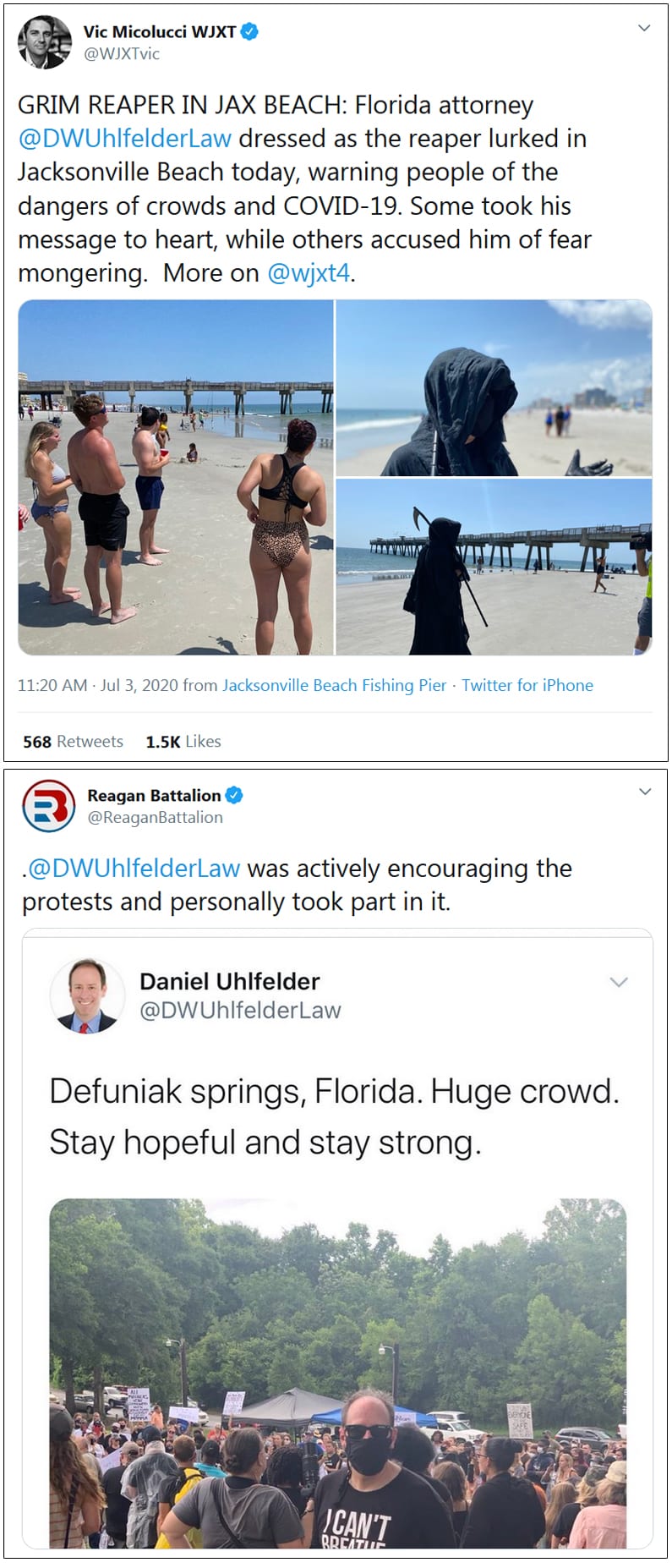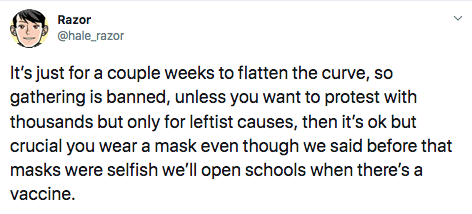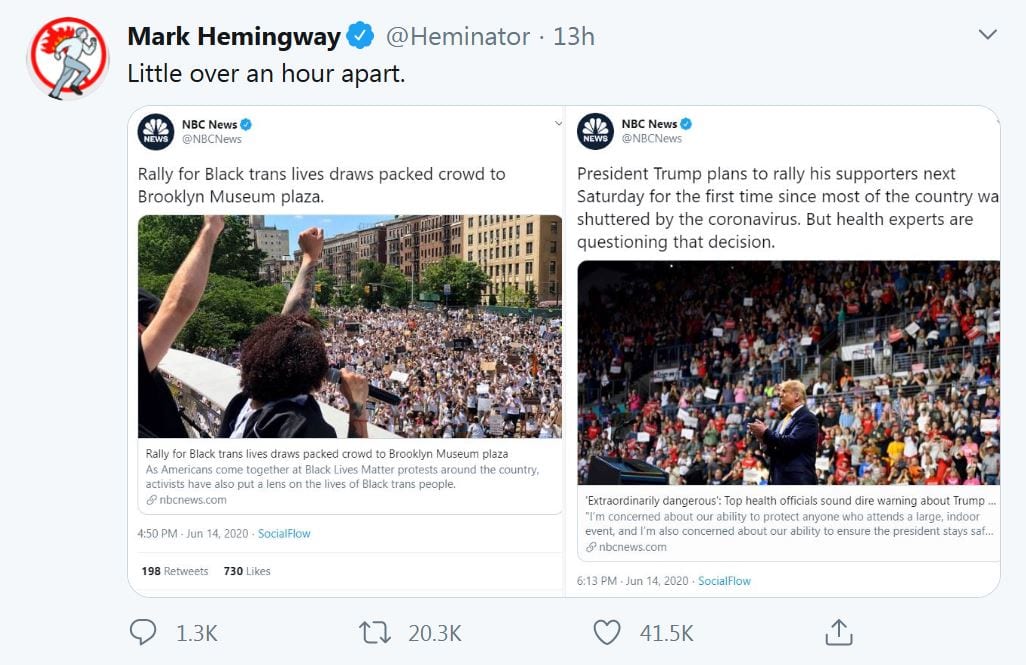OUT ON A LIMB: COVID Lockdowns Were a Giant Experiment. It Was a Failure. A key lesson of the pandemic.
As for President Donald Trump, he never used the word lockdown, but he was worried enough to call for the country to adopt social distancing as a mitigation strategy. Schools, restaurants, businesses — they all closed. White-collar employees who were able to work from home did so. More than once, Trump mentioned that 2.2 million lives were at stake, referring to Ferguson’s estimate. Trump’s order wound up lasting six weeks.
Most governors issued their own “stay-at-home” orders, usually stricter than Trump’s. Even Governor Ron DeSantis in Florida — who would soon become an outspoken opponent of mainstream mitigation measures — reluctantly went along for a brief period. But there were important questions that no one advocating for lockdowns addressed, maybe because in the urgency of the moment the questions didn’t occur to them. How long would they last? And even if lockdowns did slow the virus’s progression, what would happen when they were lifted?
Regardless, in the space of two months, lockdowns had gone from being unthinkable to being an unquestioned tool in the pandemic toolkit.
* * * * * * * *
Dr. Anthony Fauci was probably the best-known defender of lockdowns as a life-saving measure. But the policy continues to have many defenders within the public health establishment. Howard Markel, a doctor and medical historian at the University of Michigan, believes they succeeded. “The amount of lives saved was just incredible,” he says. Markel pointed to an August 2023 study by the Royal Society of London that concluded that “stay-at-home orders, physical distancing, and restrictions on gathering size were repeatedly found to be associated with significant reduction in SARS-CoV-2 transmission, with more stringent measures having greater effects.”
Still, the weight of the evidence seems to be with those who say that lockdowns did not save many lives. By our count, there are at least 50 studies that come to the same conclusion. After The Big Fail went to press, The Lancet published a study comparing the COVID infection rate and death rate in the 50 states. It concluded that “SARS-CoV-2 infections and COVID-19 deaths disproportionately clustered in U.S. states with lower mean years of education, higher poverty rates, limited access to quality health care, and less interpersonal trust — the trust that people report having in one another.” These sociological factors appear to have made a bigger difference than lockdowns (which were “associated with a statistically significant and meaningfully large reduction in the cumulative infection rate, but not the cumulative death rate”).
In all of this discussion, however, there is a crucial fact that tends to be forgotten: COVID wasn’t the only thing people died from in 2020 and 2021. Cancer victims went undiagnosed because doctors were spending all their time on COVID patients. Critical surgeries were put on hold. There was a dramatic rise in deaths due to alcohol and drug abuse. According to the CDC, one in five high-school students had suicidal thoughts during the pandemic. Domestic violence rose. One New York emergency-room doctor recalls that after the steady stream of COVID patients during March and April of 2020, “our ER was basically empty.” He added, “Nobody was coming in because they were afraid of getting COVID — or they believed we were only handling COVID patients.”
I’m glad to see New York magazine in 2023 finally reach the same conclusion the rest of us arrived at by April of 2020, and certainly by the summer:
● After telling GOP to downsize convention due to COVID-19, N.C. governor marches in crowded protest.
● De Blasio: Large Group Protests Are Acceptable, Religious Observances Are Not.




Related: ‘We would’ve done everything differently:’ Newsom reflects on Covid approach.
Flashback: The Suicide of Expertise.
